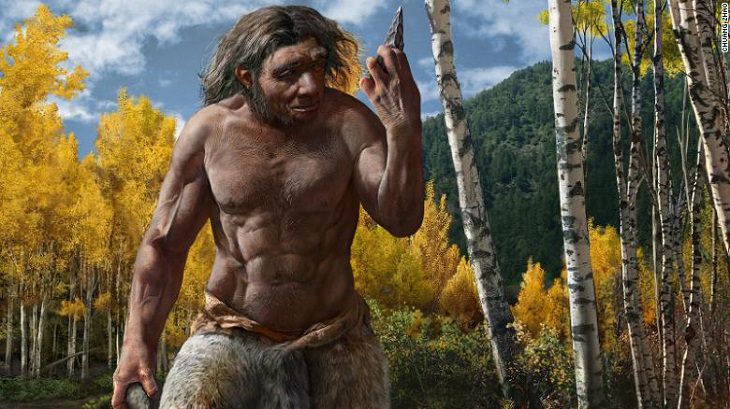An extraordinary scientific discovery has been made in China recently that could change the story of human evolution. Chinese researchers have claimed to have found the skull of what they say is a completely new species of human! The team also stated that the new species could be our closest evolutionary relative.
Nicknamed "Dragon Man", this ancient human skull was reportedly first found at Harbin, north-east China, in 1933 by a construction worker who, for some reason, hid it in a well and only revealed its location in 2018, from his deathbed. The “wonderfully preserved” fossil has now been analyzed for the first time and the review of the skull has been published in the journal The Innovation.
“It’s a really amazing discovery. It is one of the most complete crania I have ever seen,” says Xijun Ni at the Chinese Academy of Sciences, one of the members of the team that studied the fossil. According to the team, this is also the largest known Homo skull ever found.
Geochemical analysis has revealed that the skull, which is 23 cm (9 inches) long and more than 15 cm (6 inches) wide, belonged to a man who was in his 50s when he died, between 146,000 and 296,000 years ago. The man is said to have been well-built and could withstand brutal cold winters in the region (because the bones were found in one of China's coldest places). He also appears to have had low cheekbones and a broad mouth. The lower jaw, however, is missing from the skull.
The researchers have assigned the specimen to a new species: Homo longi. The word is derived from the Chinese word "long", meaning dragon.
If confirmed, Dragon Man would replace the Neanderthals as our sister species.
Is Homo longi our closest long-lost relative?
The study on the newly-found human fossil in China revealed that Homo longi may be our closest relatives. In fact, they may be even more closely related to us than Neanderthals, the study suggests. This was established when the scientists entered the new specimen into a database along with fossils of 95 other skulls.
"We found our long-lost sister lineage," said Xijun Ni, a professor at the Chinese Academy of Sciences and Hebei GEO University in Shijiazhuang.
Reconstruction of Homo longi by artist Chuang Zhao (Image credit: Twitter)
Analysis of the remains also indicated that Dragon Man is likely to have lived in a forested floodplain area. However, not much is known about how the man lived because the skull had been removed from the site in which it was found long back. This means that currently, we don’t know much about his culture or the kinds of tools he might have used in his time.
In the recent past, many other early human remains have been uncovered in China – the remains from Dali, Jinniushan, Hualongdong, and a jawbone from the Tibetan plateau, to name a few. Paleontologists have had a hard time classifying them though. Researchers also usually refrain from naming a new human species because DNA evidence has shown that interbreeding happened between species, including Neanderthals and Homo sapiens. This is why classifying Dragon Man so quickly to the Homo longi species and stating that they may be our closest long-lost relative has raised eyebrows in some quarters.
Some scientists have said that using just one type of analysis might not be conclusive enough to confirm that there’s a new species. We might need several more studies to understand the real history behind the remarkable new fossil.
A new species or a representative of Denisovans?
Some experts have also suggested that the newly-discovered remains in China could represent the Denisovans, a mysterious and little-known human population that hasn't been officially classified as a hominin species (the group composed of modern humans, extinct human species, and all our immediate ancestors) yet; they are referred to as a “group” or “lineage” rather than a separate species. This fascinating mystery population of extinct humans was first identified a decade ago from DNA in a finger bone discovered in Denisova Cave, Russia.
Some other Denisovan fossils have been identified in recent years as well, including a jawbone from Tibet. The Denisovans were closely related to the Neanderthals and are said to have lived in Asia for hundreds of thousands of years, based on the bone fragments that have been found so far.
Denisovans, as we mentioned, haven't officially been recognized as a new species yet, primarily because their fossils are too tiny. However, Denisovans and Homo longi both appear to have large, similar molars. Many other scientists have also stated that the new discovery in China is more than likely to be the first complete Denisovan skull rather than being a new species of human. But that’s something that can only be confirmed through DNA experiments and maybe we will get more answers in the future.
For now, though, the Chinese researchers firmly maintain that the new fossil belonged to a new species of human. These results are likely to spark a lot of debate and we hope that we get some clarity on the subject after this fascinating fossil has been studied more thoroughly.
Share this interesting news story with your friends and family...


